Sexuality shapes how we interface with the world: how we dress, how we speak, and how we parent. While we cannot control the world around us, we can model safety, consent, and pleasure for the young people in our lives. Being a sex-positive caregiver is more than explaining anatomy and the mechanics of reproduction. Rather, sex-positive parenting is a holistic practice that embraces sexuality as an essential aspect of self.
START A DIALOGUE
There is no right time to have the “talk” because sexuality is always evolving. How you educate your child will look different at the varying stages of their development. It may be tempting to avoid talking about sexuality with your children, but that won’t set them up for success. Being a sex-positive parent means actively teaching young people about sex, bodies, healthy relationships and pleasure, instead of waiting for them to learn solely from their peers or the internet. According to the Pediatric Clinics of North America, a parent's role in sexuality education is vital and is associated with increased engagement in safer sex practices during adolescence.
WHERE TO BEGIN THE CONVERSATION
Start early. According to the CDC, by age 2+ your child will begin to identify certain body parts. Use scientifically accurate terminology (e.g., vulva, penis, scrotum and nipples) during everyday activities including bath time and diaper changes. By normalizing use of accurate names of body parts, your child will be better able to communicate with you if they have an injury or are experiencing any discomfort. During bath time you can discuss the importance of hygiene and demonstrate how to properly wash their genitals, while teaching them to do so on their own as they develop.
Create a judgment free zone. Toddlers commonly touch their genitals, so if you see your child exploring their genitals, let them know that touching their own body can feel good and it is also something to do in the privacy of their own rooms. Oftentimes, genital exploration is more about self soothing versus sexual stimulation and this is a normal part of development. This can also be an opportunity to talk about boundaries and which parts of the home are on versus off limits for self-exploration. For example, if your child begins touching their genitals at the dinner table, you can reiterate that they are welcome to touch themselves in their room or bathroom, but not at the dinner table. As you child develops, their curiosity around sexuality and self pleasure may increase.
Safer sex. Discuss different types of sex with your adolescents such as dry humping, oral, anal, and vaginal intercourse. Explain that some forms of sexual exploration may be safer than others, and while abstinence is an option, it is most important that they are informed about their body and how to practice safer sex before doing so with a partner. Research suggests that abstinence-only education methods are ineffective in reducing teenage pregnancy and may have an inverse effect on pregnancy outcomes whereas comprehensive sexuality education better prepares young people to be informed and sexually responsible. Making condoms and dental dams easily available at home (i.e., in a bathroom drawer) and talking with teens about birth control options can help them be more prepared for practicing safer sex.
Photo by Kinkazoid
THINGS TO DO
Educate your kiddos. Share educational videos with your child and stock their at-home library with developmentally appropriate sexuality books. According to Planned Parenthood, reading books with younger children is a great way to introduce them to the subject of sexuality. Children age 10+ may benefit from reading on their own and then checking in with you afterwards. If reading independently, ask your child what they learned and if they have any questions. Monitor your own reactions by taking a moment to breathe and collect your thoughts before answering questions. If you’re not sure how to answer a question, tell them that you have to think about their question because you value their curiosity and you’ll get back to them.
Normalize conversations about bodies and sex. Having regular conversations about sexuality and pleasure demonstrates that these topics are important and normal. By beginning the dialogue early, you will be able to share developmental information slowly, at a digestible pace. Children are eager to learn and having access to developmentally appropriate information is key. For example, if your child asks you where babies come from, your answer will be different when they are pre-kindergarten compared to in fifth grade. When your child is in kindergarten, you may say babies come out of a pregnant person’s uterus. However, as they develop, your explanations will begin to become more complex. Starting around fourth grade you may introduce the concept of gestation and birth through the vaginal canal. When talking about sexuality to your eighth grader, include STI’s, pregnancy prevention, pleasure, and how one can enjoy themselves solo or with a partner(s).
TOPICS TO INCLUDE
Media Literacy. Media literacy is a concept that is particularly useful when educating young people about body image and sexually explicit materials. By explaining that movies are made for entertainment and that real life can be very different from what they see online or on television, this helps them develop more realistic expectations. The goal here is for young people to interact with all forms of media while thinking critically about the content they are viewing.
Pornography. If you find your child exploring pornography, it is important to communicate that porn is designed for adult entertainment and explain the difference between fantasy and reality. Talking about porn can be an opportunity to explore how all bodies are different and all bodies are beautiful. While you can put parental controls on your devices at home, this won’t stop a curious child from exploring pornography outside of the home. Thus, it is important to talk about the unrealistic aspects of media and how that might affect their view of sexuality and pleasure.
Consent. Practicing consent with children throughout the life course promotes safety, respect, boundaries and builds healthy relationships. Encourage young people to ask before engaging in physical affection (e.g., hugs) and say so if they do not want physical affection from a family member. Model consent in conversation by asking children for permission before touching them. Tickling is another opportunity to demonstrate consent. Ask for permission before beginning, and listen to your child when they want you to stop during tickling sessions. When being affectionate with your partner(s) in front of your child, ask your partner(s) for a kiss or a hug and then proceed only after your partner clearly expresses a yes. This helps reinforce consent and bodily autonomy.
Boundaries. Kids mirror and absorb so much information through nonverbal and verbal communication, including through your relationship with other adults. Having healthy boundaries benefits children throughout their lives, especially when it comes to sexuality. By teaching and modeling how to create and communicate boundaries, your child will be better able to advocate for themselves in relationships with others.
The benefits to being a sex-positive caregiver will outweigh any discomfort that may initially come up for you. Taking an active role in children’s sexuality education is crucial to their wellbeing. If you're still feeling hesitant about discussing sexuality with your child, consider our online parenting program, Building Ease Talking About the Birds and the Bees®, or sex ed parent coaching.


































